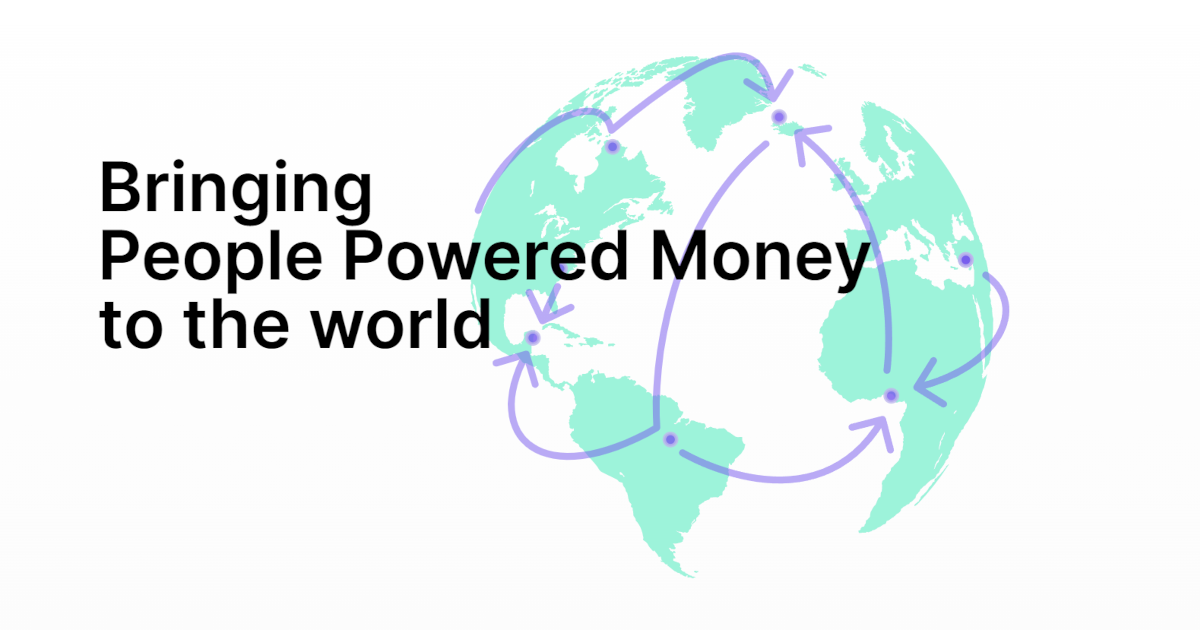

She went back to teach English as a second language to a very remote community in a small village on the Tibetan plateau. She went to Tibet after she graduated and fell in love with the region, the people, and the culture. Tibet was the main interest of our founder, Andrea Soros. We work with people to better their lives and reinforce the uniqueness of Tibetan culture, language, and places. We’ve been working for the past 20 years, supporting the continuity, development, and vitality of Tibetan communities. On the occasion of the Trace Foundation's partnership with fashion label Maiyet and Artspace to produce an edition of Tibet-influenced silk scarves and an auction of unique works by artists Livia Liverani and Nyima Dhondup, Artspace's Loney Abrams spoke with the foundation's managing director, Paola Vanzo.Ĭan you tell me a bit about what the Trace Foundation does? In New York, Trace organizes exhibitions and events to showcase the work of Tibetan artists and filmmakers, raising awareness about Tibetan culture in the West. Providing scholarships and support to Tibetans living on the Plateau, the Trace Foundation has helped to educate thousands, many of whom go on to teach their fellow community members in return. Here's where the Trace Foundation comes in. Nomadism may be an efficient strategy in coping with the harsh terrain and capitalizing on natural resources-but without fixed communities and school systems, access to education becomes extremely difficult.

Growing crops has proven difficult on this high-altitude terrain, to say the least, which may explain why roughly 40 percent of the people living there are pastoral nomads, raising livestock and traveling with the herds in search of grazable lands. For the past 20 years, the Trace Foundation has been working intimately with people living on the Tibetan Plateau, a region of almost 100,000 square miles with an average elevation of more than 14,800 feet-justifying its title of "the roof of the world," as it's often referred to.


 0 kommentar(er)
0 kommentar(er)
